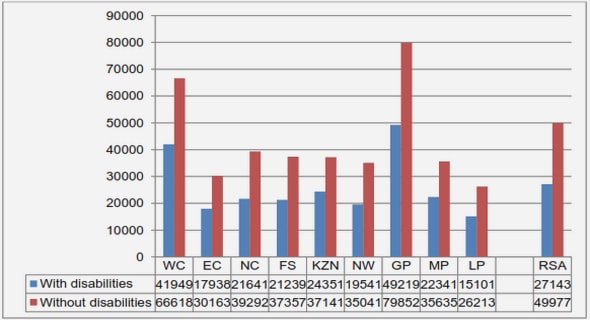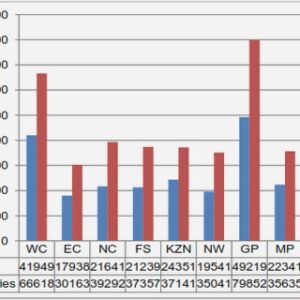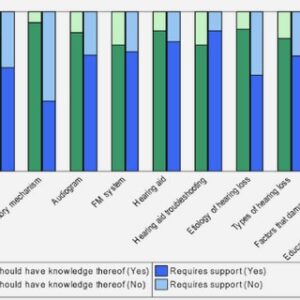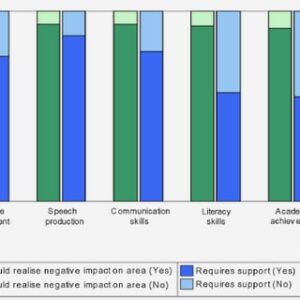(Downloads - 0)
For more info about our services contact : help@bestpfe.com
Table of contents
1. LITERATURE REVIEW: VIBRATION OF CROSS-LAMINATED TIMBER – CONCRETE COMPOSITE FLOORS
1.1. TIMBER-CONCRETE COMPOSITE
1.1.1. Composite action
1.1.2. Effective bending stiffness of the composite section
1.1.3. Constituent materials
1.1.4. Shear connector
1.2. VIBRATION OF TIMBER FLOORS
1.2.1. Vibration theory
1.2.2. Parameters of vibration
1.2.3. Human perception toward floor vibration
1.2.4. Design criterions
1.3. EXPERIMENTAL METHOD
1.3.1. Experimental studies on CCC structures in literature
1.3.2. Shear tests on connectors
1.3.3. Vibration tests on beams
1.4. CONCLUSION
2. PERFORMANCE OF NOTCH CONNECTOR FOR CLT-CONCRETE COMPOSITE FLOORS
2.1. INTRODUCTION
2.2. SPECIMEN GEOMETRY AND MATERIAL
2.2.1. Materials properties
2.2.2. Test specimens
2.2.3. Test setups
2.3. EXPERIMENTAL RESULTS AND DISCUSSION
2.3.1. Overview
2.3.2. Influence of heel length
2.3.3. Influence of notch depth
2.3.4. Influence of concrete thickness and screw length
2.3.5. Influence of loading sequence
2.3.6. Influence of moisture content of timber
2.3.7. Failure types
2.4. FINITE ELEMENTS MODEL VALIDATION
2.4.1. Materials
2.4.2. Models
2.4.3. Results
2.5. CONCLUSION
3. VIBRATIONAL BEHAVIOR OF CLT-CONCRETE COMPOSITE BEAMS USING NOTCHED CONNECTORS
3.1. INTRODUCTION
3.2. MATERIALS AND METHODS
3.2.1. Materials properties
3.2.2. Specimens
3.2.3. Supports
3.2.4. Test procedure
3.3. ANALYTICAL AND NUMERICAL MODELING
3.3.1. Bending stiffness of bare CLT panels
3.3.2. Bending stiffness of CCC beams
3.3.3. Finite elements model of CCC beams
3.4. RESULTS
3.4.1. Static deflection tests of CLT and CCC beams
3.4.2. Vibration tests of CCC and CLT beams
3.4.3. Bending stiffness of bare CLT panels
3.5. ANALYSIS AND DISCUSSION
3.5.1. Bending stiffness of bare CLT panels
3.5.2. Vibration characteristics of CCC beams
3.5.3. Comparison to other studies on the CCC beams
3.6. CONCLUSION
4. OPTIMIZATION MULTI-OBJECTIVE OF CLT-CONCRETE COMPOSITE FLOORS USING NSGA-II
4.1. INTRODUCTION
4.1.1. Structural multi-objective optimization
4.1.2. Multi-objective optimization algorithm
4.2. CLT-CONCRETE FLOOR DESIGN
4.2.1. CLT-concrete composite floor and the reference design
4.2.2. Notch connector influence
4.2.3. Design constraints
4.2.4. Optimization variables
4.3. OPTIMIZATION PROBLEMS
4.3.1. Objectives functions
4.3.2. Constraints functions
4.4. OPTIMIZATION ALGORITHM
4.5. ANALYSIS AND DISCUSSION
4.5.1. Pareto front of the optimal solutions and the reference solution
4.5.2. Parametric study
4.6. CONCLUSION
CONCLUSION AND PERSPECTIVES
REFERENCES



